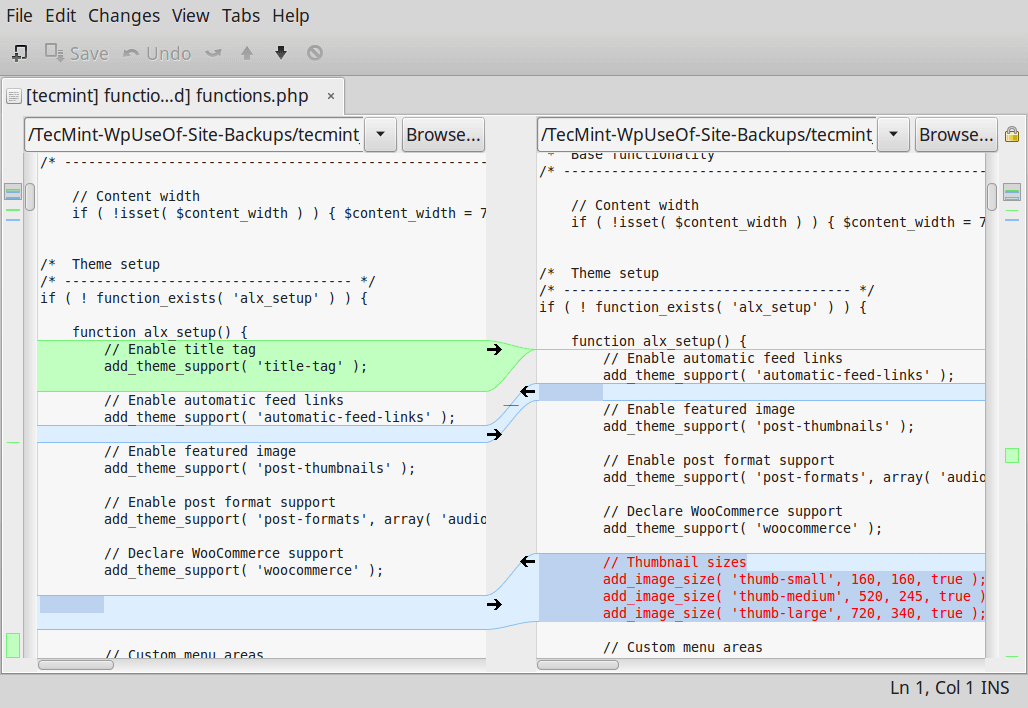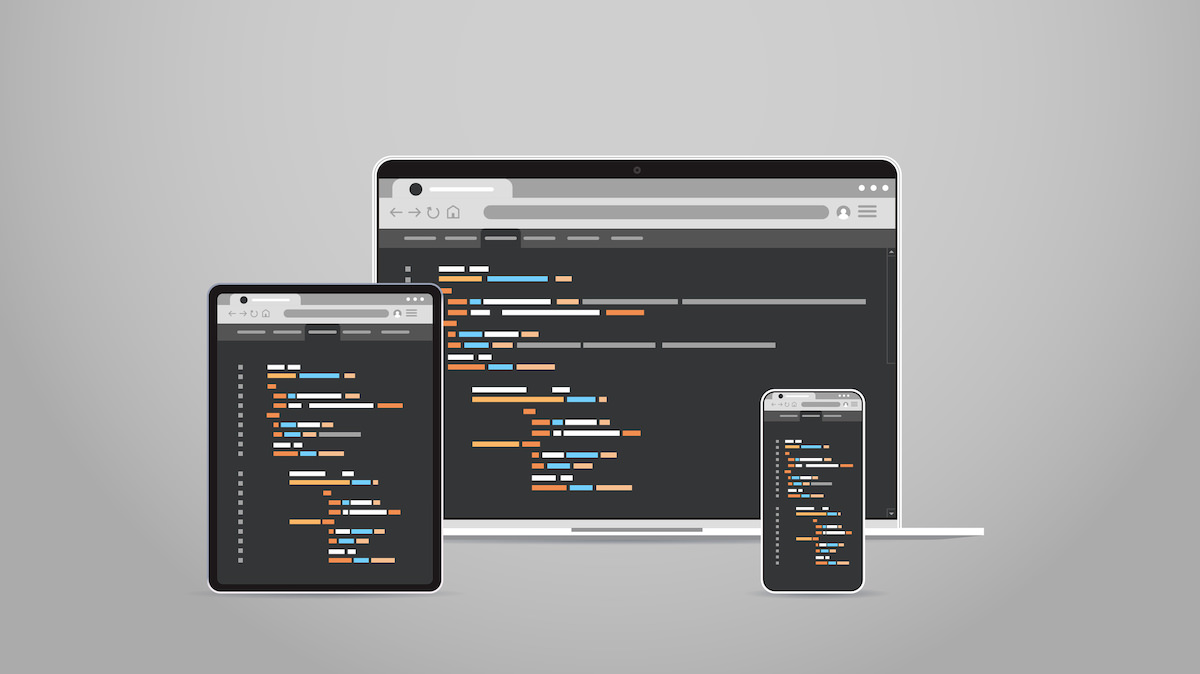

I think of comm and diff as being similar, so success with comm and failure with diff was a real stumper. The shell script in the last action is cd ~/Desktop/griffdiff So I made my own version of Rob’s macro and changed the last line from diff to comm: noninteractive shells, but that led nowhere. How can this be? My first thought was that the error had something to do with interactive vs. And of course, the script-without the echo "foo" line-worked just fine when run from the command line. Adding a final innocuous command, like echo "foo" to the end of it got rid of the error. Rob learned that the macro failed only when diff was the last command in the shell script. But it still failed (with the generic failed in shell script message). But because that was failing, I tried the above to write it to a file instead. I don’t actually want the diff results in a file, I want them in a variable returned by the shell script action. I’m trying to run a very simple shell script: cd /tmpĭiff file1.txt file2.txt > diff_result.txt


#MACOS DIFF MAC OS X#
The recovery steps are as follows:Ī) Download Stellar Data Recovery Professional on your Mac.Last week, Rob Griffiths-late of Mac OS X Hints and currently of Many Tricks-asked a really tough question on the Keyboard Maestro forum:
#MACOS DIFF SOFTWARE#
And if your Mac fails to boot, use bootable Mac recovery software to retrieve your data. When you have lost your files from the startup disk due to deletion, corruption, erasure, or encryption, use Macintosh HD data recovery software to recover them. Note: Backup your Mac with Time Machine before performing a Disk Management task.ĭata Recovery on Non-booting Startup Disk Click Continue and perform the onscreen instructions to reinstall macOS from the recovery drive. Afterward, quit Disk Utility, and from the Utilities window, select Reinstall macOS. Later, select Macintosh HD the system volume, and click the Erase tab to erase the volume. Next, delete Macintosh HD* – Data the user volume, using the – volume icon present on the top panel of Disk Utility. The answer is you need to back up your Mac first, then open Disk Utility in macOS Recovery mode. This is one of the most common queries made by Mac users since Apple has segregated the Mac startup volume into two separate entities. Image: Macintosh HD and Macintosh HD – Data Which One to Erase before reinstalling macOS-Macintosh HD or Macintosh HD – Data? The volume has read-write access, enabling Mac users to manage their files. Macintosh HD Data - The storage drive volume where Mac user data is stored. The volume is read-only, and the Mac user cannot create, delete, or edit any system files. Macintosh HD - The storage drive volume where macOS files and apps are stored. The difference between Macintosh HD and Macintosh HD data is shared below: Macintosh HD Vs. This segregation isolates system files from user files to protect the macOS from accidental manipulation, malware, and operating system corruption.

In macOS Catalina, the Mac startup disk is segregated into two separate entities- Macintosh HD and Macintosh HD Data. In this blog, we’ll talk about the difference and help you choose the right drive while performing macOS reinstallation. Summary: Many Mac users find it difficult to understand the difference between Macintosh HD and Macintosh HD Data.


 0 kommentar(er)
0 kommentar(er)
